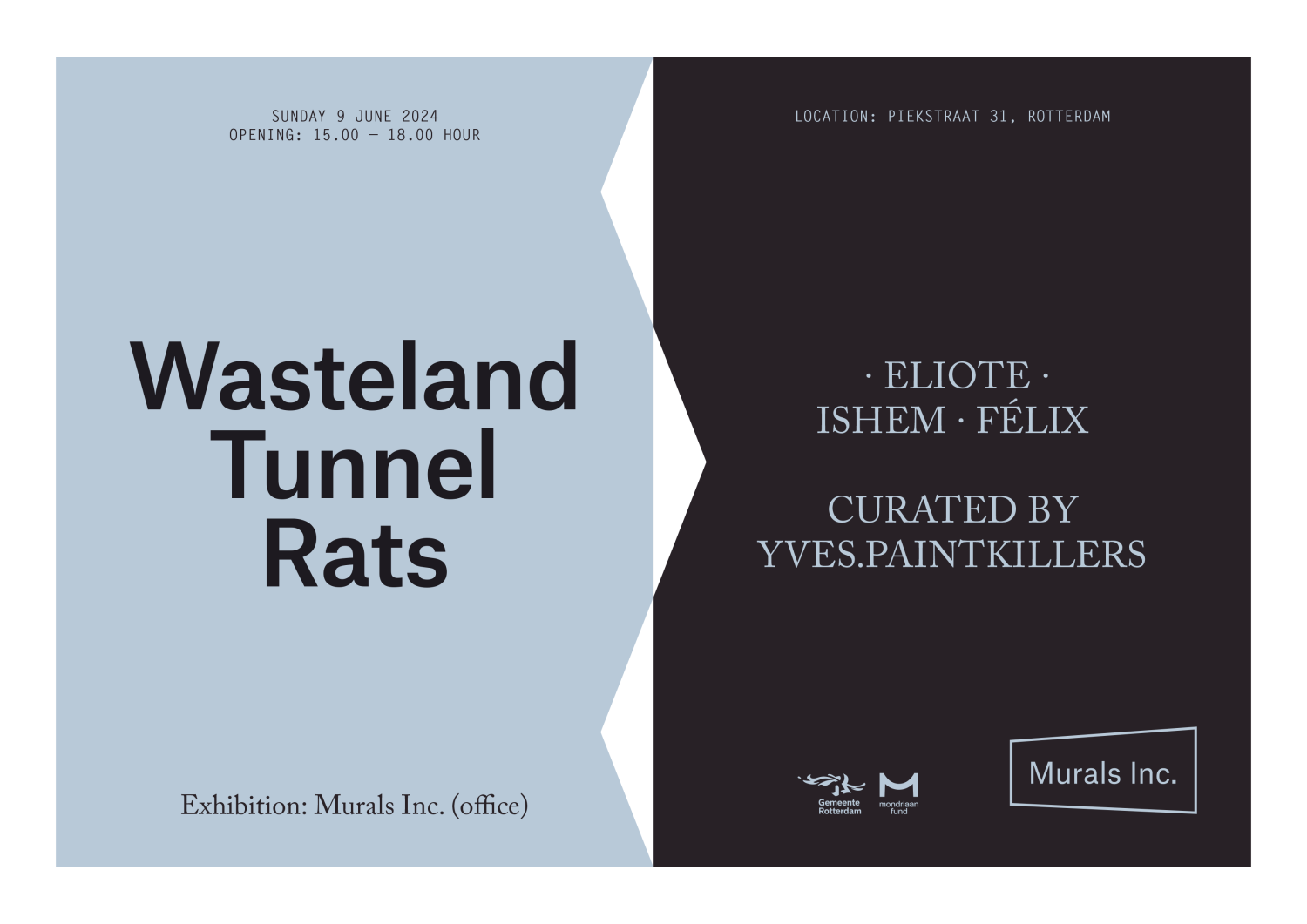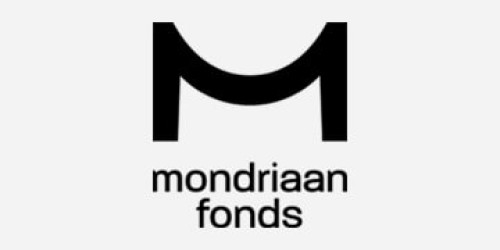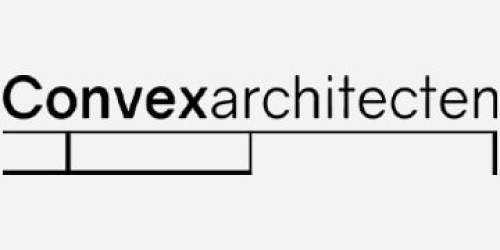 9 Jun-31 Oct 2024
9 Jun-31 Oct 2024
In the shadow of the above-ground world, three artists – Eliote, Ishem, and Félix – have created their own parallel universes beneath the streets of Marseille. These endless tunnels serve as canvases for their boundless creativity and expression, continuously stretching and rewriting the boundaries of written language
‘Wasteland Tunnel Rats’ with Eliote, Ishem and Félix.
Curated by Yves Landheer / yves.paintkillers.
Location: Piekstraat 31, Feijenoord, Rotterdam
Wasteland Tunnel Rats
ELIOTE – ISHEM – FÉLIX
A story about human beings and their environment. About parallel cities, above the ground and underground. Every city has such multiple layers. Subcultures existing invisible next to each other. Eliote, Ishem and Félix have created their own parallel worlds in the endless tunnels under the city of Marseille. In these tunnels, they have created their own landscape. Parallel worlds, planets, or universes, where they can experiment and release all their creative energy. From powerful murals that tell stories of resistance and resilience to intricate tags and throw-ups, the underground canals of Marseille provide 80 kilometers of concrete and stone walls in which these writers every day again push the boundaries of written language. Although these artists compose and create via various mediums, such as painting, photography and video, their primary source is graffiti. And even in their wallpaintings there is enough to experiment with. The construction and deconstruction of letters. Their lettering is constructed with bold flowing lines, adding 3D effects, shadows and highlights, only to deconstruct these lines into abstract arrangements that challenge readability but are valued for their intrinsic artistic beauty. Their work is about renewal, research, and the transformation of graffiti into new unknown forms and alphabets. They experiment with minimalism, abstraction, freestyle, anti-style and geometrical patterns. Using black and white as their main colors, these works have an abstract, graphic quality in which the original letters remain only imaginary. There are no more rules, it is about energy, mood and inspiration that unfolds freely into surprising and mysterious creations. As such, they have created a new language of their own.
Curator: Yves Landheer / @yves.paintkiller


ELIOTE
Born in 1982 in The Netherlands, Eliote lives and works in Marseille where he does most of his paintings since 2003. In his writings he aims at creating an atmosphere by adding to his classic graffiti, shapes and lines which suggest brutalism architectures and misty landscapes. Inspired by an eerie environment composed of mountains, lightning and planets, his letters seem to fade into galactic compositions with a few outlines and simple spray techniques. The basis is always black and white, and the goal is to seek for the most efficiency in effects without using the multicolor palette of traditional graffiti.
Eliote himself classifies his works into two categories: on the one hand the pieces, in which the letters remain clearly legible and contain a graffiti dynamic that is typical for style writing. On the other hand, he paints many pieces with abstracted letters that can only be guessed at as a hint in the picture, with thin strokes symbolizing bars or spheres for round shapes of letters. Eliote calls these kinds of pieces species landscapes. Using forms borrowed from nature, the writer creates formations that are structured and graphically well-thought-out. In some works, spheres remind us of planets, flat, wavy forms of clouds or puddles of water, angular surfaces with lines running through recall cracks, like split rocks. Some works contain a black and white grid in surfaces that are placed in such ways creating optical illusions and space and depth. Shadings add volume, creating additional materiality, masses, or even lightness to some surfaces.
Eliote also describes these abstract works as decorative, with a strangely futuristic mood, like floating ships, entities living on the wall. In his works, Eliote wants to achieve something cinematographic, to create a universe, where nature is reduced to cracked rock, standing under electric voltage, surrounded by distant planets without a trace of life. He is often looking to create a certain dynamic in these abstract-graphic pieces, and what can remain of a graffiti piece without a clear letter: paint on a wall, classic horizontal format of about 10 m length, a structured dynamic picture, a piece. He achieves this through the mass distribution of the individual imaginary letters of his name and a balance in the overall picture, which contains movement and energy. In Marseille, Eliote is always looking for bare, untouched walls, mostly underground in the city’s sewers, which run for miles through the city. He uses acrylic paint and a small roller, because he especially appreciates the matte black of the wall paint, and the rougher appearance associated with it. At the end of a painted picture he still uses the spray can to achieve certain effects. His well-conceived graphic works are always created beforehand in the studio as sketches/drafts. Previously painted by hand, Eliote has been increasingly using programs for his drafts such as Photoshop since 2017. There he can use a photo of a previously selected spot as a background to incorporate a design on the computer. With this tool he can try out things beforehand, rotate forms, decompose, move shapes, or delete parts. In his compositions, he always seeks renewal with similar forms that are in balance, in order to create the energy, mood and impression of a graffiti piece in urban space. The proportions of a piece are adapted to the spot in the urban space and therefore he can calculate and simulate exactly before the action of painting.
Eliote’s working method consists of several stages: finding a place, photographically capturing the exact spot in its immediate surroundings, conceiving and simulating on the computer, and the execution on site. Sometimes he photographs different stages of a piece during the process, and this is how he came up with the idea of a GIF animation with one of his pieces. He then conceived some wall works especially for GIF animations, which he painted and photographed step by step, leading from a digital conception to an analog implementation for an animated and humorous digital presentation on Instagram.”
Katia Hermann



ISHEM
Born in 1986 in the south of France, he currently lives and works in Guadeloupe. His work borrows from graffiti and expressionism, is inspired by urban brutalism and primitive nature, and draws on the world of typography and landscape painting. In all cases, his work refers to an intimate, personal history through pure, graphic compositions. He enjoying working alone as much as with my ‘Moderne Jazz’ and ‘YY’ crews.
What he is looking for above all is to invest the space of the street and of art from different angles. The contexts are relational, cultural, geographical or poetic. He defines his own ‘terrestrial writing’, constructing his own language through a series of actions: walking, exploring, observing, filming, gleaning, investing... and painting... mainly walls. Photographically archived pieces of cities, there isn't one space all around us, there are lots of little fragments of space, and he likes to unearth them, reveal them, play with them... He is a tagger, a graffiti artist, a painter. He is a photographer, a videographer, a draughtsman. He is an artist of planet Earth.




FÉLIX
Through dance and movement, Félix explores the human body and its capabilities, questioning the boundaries of space and time. It forms his sensitive connection to the world around him. For him, painting and drawing act as traces, left as tangible memories to preserve a gesture, a thought. His artistic practice involves a multifaceted approach, exploring and integrating various facets of the same concept. The fusion of different artistic disciplines allows him to discover common themes, develop new ones and broaden his perspective by playing with the unexpected.
In his murals, Félix seeks to create a symbiosis between dance, movement and visual art. He seeks inspiration in the ephemeral beauty of the moment, capturing fleeting emotions and experiences in his creations. Night and day serve as sources of contrast, where he experiments with the changing atmosphere of the environment. Imperfection is not just tolerated, but embraced as an intrinsic part of the human experience, highlighting the fragility and impermanence of life.


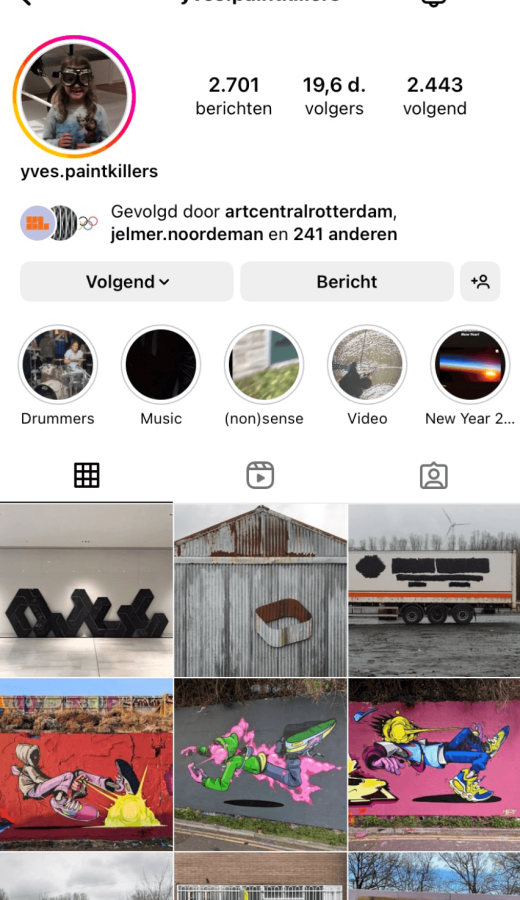
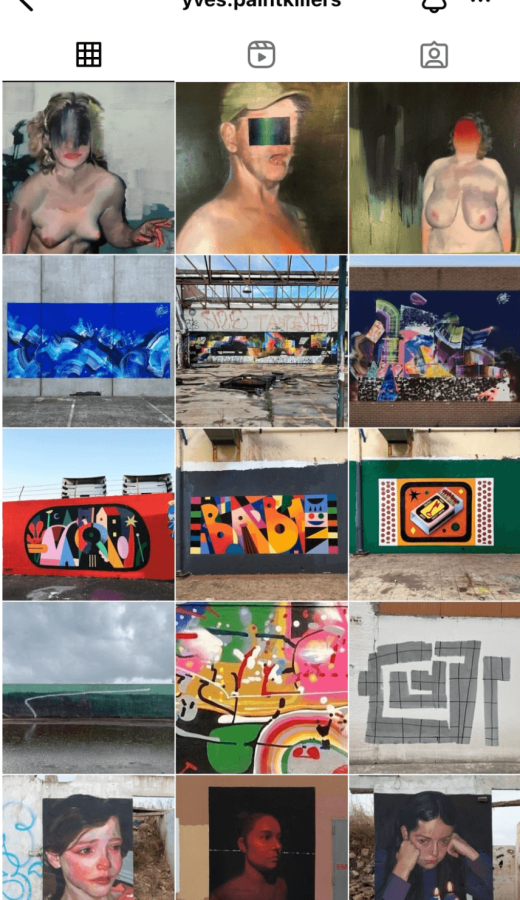
About Yves Landheer / yves.paintkillers
Yves Landheer / @yves.paintkillers lives and work in Amsterdam as Tax Advisor at Loyens & Loeff. Besides, he has built up the @yves.paintkillers profile on Instagram (now 20.6 K followers) in which he offers a platform to emerging and mid-career street and graffiti artists. On this account, he collects murals he encounters in outdoor spaces, both physically and on the internet. His account explores how these paintings relate to the outdoor space and their immediate surroundings. His preference is for anti-stylists, paintings often created in raw, isolated environments. In recent years, for instance, he has provided a stage for over 600-700 artists, all of whom have developed a unique style and thereby taken the graffiti genre to the next level. He is interested in a broad and diverse palette of art forms, fascinated by subcultures, and a passionate collector of graffiti-related artist monographs.
Murals Inc. asked @yves.paintkillers to curate the upcoming show because of his expertise in graffiti and subcultures. Our only condition was that he would make an artist selection from his impressive Insta database that would be related to text in its broadest sense. Yves then preselected the above artists, along with a thematic commentary. We are convinced that his choice and rationale are a valuable addition to the vision and mission of Murals Inc.














